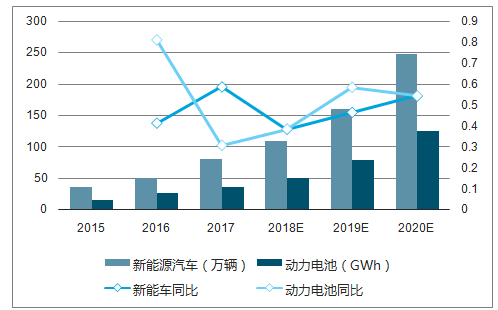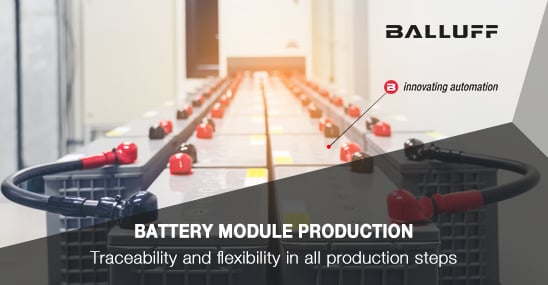The Asia Pacific region is emerging as a unique player in the global lithium-ion battery field, and amongst them China is considered to be the biggest one.
In recent years, with the strong support of the Chinese government and strong industry demand, there is no doubt that China's new energy vehicle industry has achieved rapid development. As the "heart" of new energy vehicles, lithium-ion power battery production capacity has also been rapidly expanded.
According to the usual industry chain logic of manufacturing, new production capacity will inevitably bring a series of production automation and even digital technology investment and application. This is also true for the Chinese power battery manufacturers in the rapid development of maturity, to gain future competitive advantage.
New energy vehicles: a driver of change
Since China's State Council issued and implemented the Energy Conservation and New Energy Vehicle Industry Development Plan (2012-2020) in 2012, China's production and sales of new energy vehicles started booming, and quickly surpassed the 1 million mark. With the new energy policy subsidy retreat in 2019, overlaid with the low-price impact of second-hand new energy vehicles, new energy vehicle production and sales have declined somewhat. With pure electric vehicle sales reaching about 972,000 units, and accounting for 80.6% of total new energy vehicle sales.
In the long run, with the development of the "triboelectric" (battery/ motor/ electronic control system) technology of new energy vehicles, the consumer market's acceptance of new energy vehicles, and the weakening of policy influence, China's new energy vehicles will continue to move forward in a changing environment.
Relevant data show that China's new energy vehicles in 2018-2020 increased 31% \ 34% \ 36% year-on-year respectively. New energy passenger cars and special vehicles maintained a very high growth, while passenger cars tend to be more stable. In the case of stock battery replacement, superimposed on the existing passenger car single car with a year-on-year increase in charge, the proportion of high-range models increased. The growth rate of demand for power batteries will be higher than the growth rate of new energy vehicle production.

Power battery: the transition to smart manufacturing
As the core of new energy vehicles, lithium-ion power battery is mainly encapsulated through the cell, then integrated wiring harness and PVC membrane form the battery module. Afterwards it joins via the wiring harness connector and BMS circuit board to form the finished power battery product.
According to relevant survey data, the total installed capacity of China's power batteries reached 62.37 Gwh in 2019 (which equals to a 9.5% year-on-year growth). The new demand for batteries is projected to be 31.66 Gwh and 43.83 GWh in 2020-2021.
Therefore, the first-tier Chinese power battery manufacturers still maintain a rapid pace of production expansion. While foreign battery brands are accelerating their entry and their market concentration is gradually increasing.
For example, in 2019, the top 10 domestic power battery manufacturers together accounted for 54.88 Gwh, or 88% of the total installed capacity, up about 5 percentage points compared to 2018 (with the top three manufacturers Ningde Times, BYD, and Guoxuan Hi-Tech accounting for another large portion of the total).
For power battery production, in addition to capacity and efficiency, there will be greater challenges in terms of quality control and flexible production due to the need to meet safety and traceability requirements, as well as custom design requirements.
For example, for power batteries, the General Administration of Quality Supervision, Inspection and Quarantine of China and the China National Standardization Administration jointly issued six national standards on May 15, 2015 (and fully implemented by 2016).
On the other hand, the power battery PACK emphasizes personalization and integration, which requires customized development and design of the power battery BMS scheme, thermal management, space size, structural strength, system interface, IP rating and protection indexes according to different vehicle models. These measures are implemented to improve the compatibility of the power battery system with different vehicles.

Power batteries have entered an era of high quality and diversified competition. With the current wave of smart manufacturing and Industry 4.0, it is an important investment for power battery manufacturers to focus on quality and cost, to rapidly increase productivity and quality through a range of automation and digital technologies, and to reduce costs at the same time, to stay competitive now and in the future.
BALLUFF offers innovative solutions with the single goal to innovate factory automation. As a global expert in high-quality sensor, identification and networking solutions and software, BALLUFF has been deeply involved in this industry for many years and has become an important partner in the intelligent manufacturing transformation of Asia Pacific companies in the power battery industry.
























